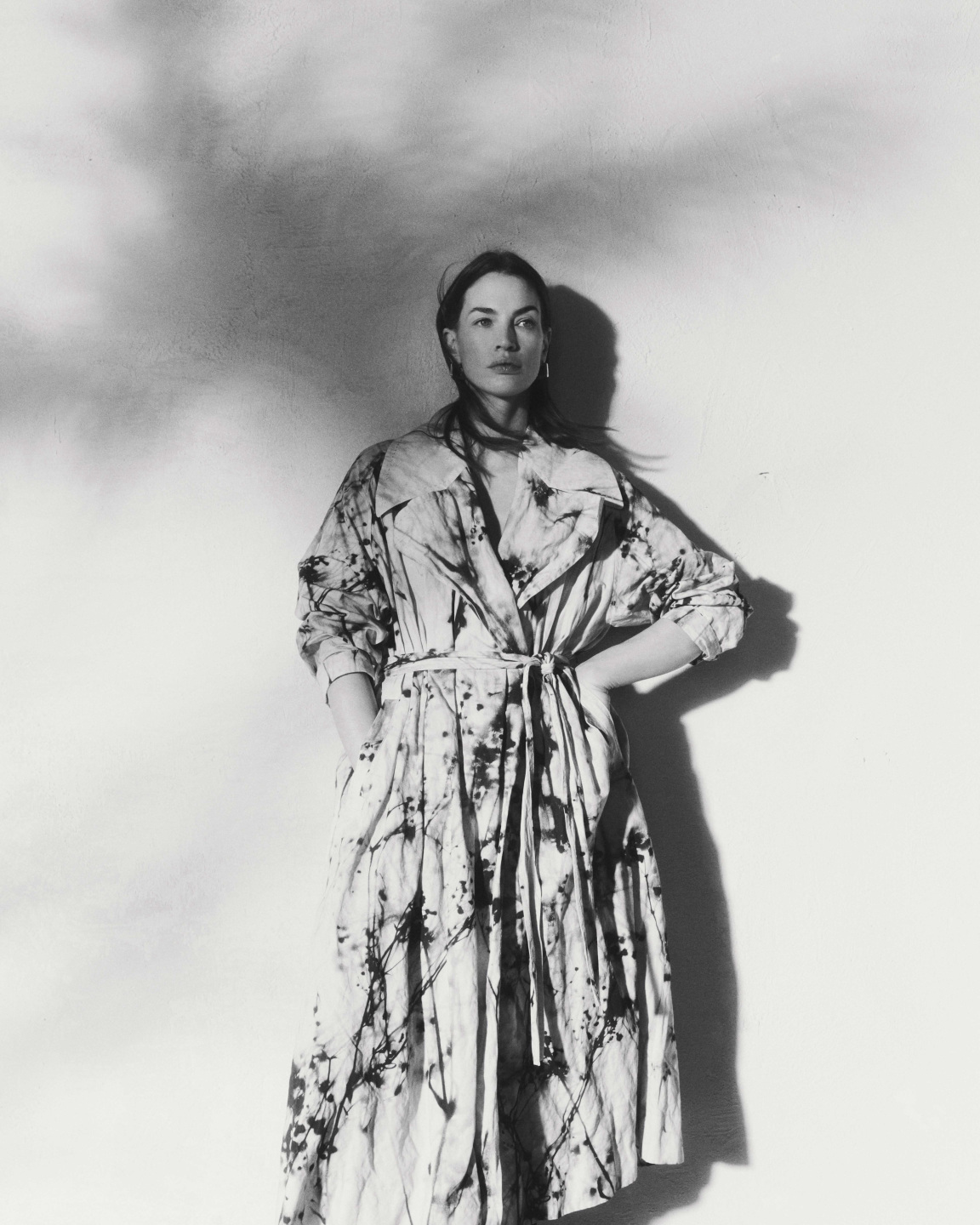
Last summer, on a quest to escape the enduring insanity of New York, Emily Smith found herself on the road to Marfa, Texas. It’s where Donald Judd landed in the ’70s, disgruntled by the mainstream art world and in need of creative respite. In the two decades he spent there, the late minimalist artist bought up a considerable amount of property, establishing Marfa as a haven for those hoping to wring inspiration from its dry desert plains.
More than 50 years later, creativity—and seclusion—still awaits pilgrims to Judd’s hallowed ground. Smith found her eureka moment in Marfa’s pale buildings and semi-arid landscape. Upon returning to New York, she immersed herself in the Marfa photography of the Dutch-born, Brooklyn-based Martien Mulder. Her fascination culminated in Lafayette 148’s Pre-Fall collection, “Seeing Marfa.”
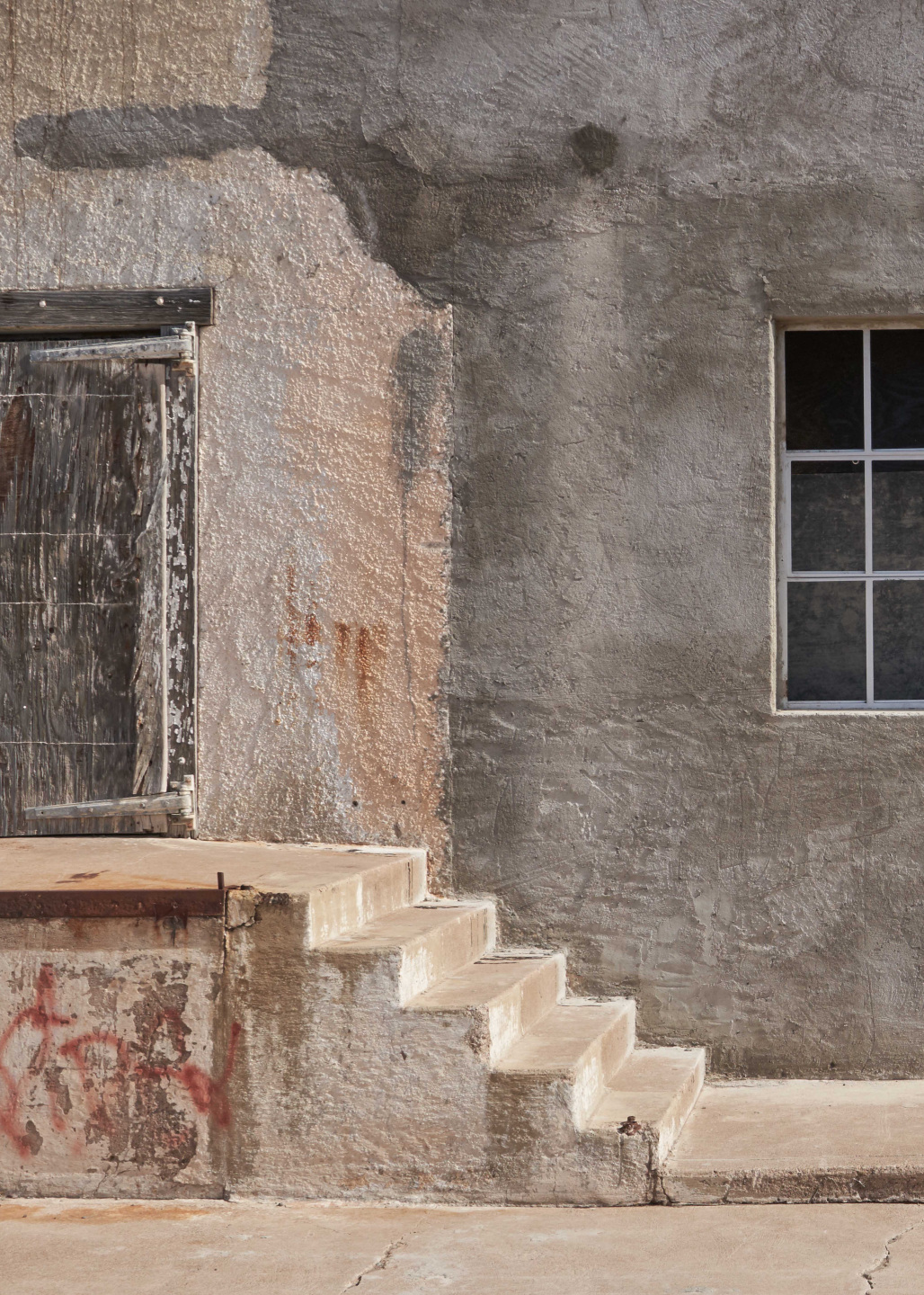
The line’s pieces, crafted in a farrago of earth and blush tones, drape dramatically over the body, conjuring the dramatic shadows of Mulder’s photographs. This May, the collection will be presented alongside a selection of the photographer’s works at Lafayette 148’s Oak Street boutique in Chicago. Ahead of the exhibition, the pair came together to unravel the desert’s peculiar power to inspire.
Martien Mulder: Marfa has always pulled me, ever since I became interested in art. But the experience there, how was that for you?
Emily Smith: I flew into El Paso, and was hit by the massiveness of the sky, the dryness of the desert. I didn’t expect there to be so much life on the ground. The drive was so, so beautiful. Marfa itself was full of very creative people, which was so exciting to be around. The same people working at the Judd Foundation were the ones I saw working at the barbecue stand the night before. It’s such a small town in that sense. In your work, how do you capture those textures of the peeling walls, the concrete, that kind of heat?
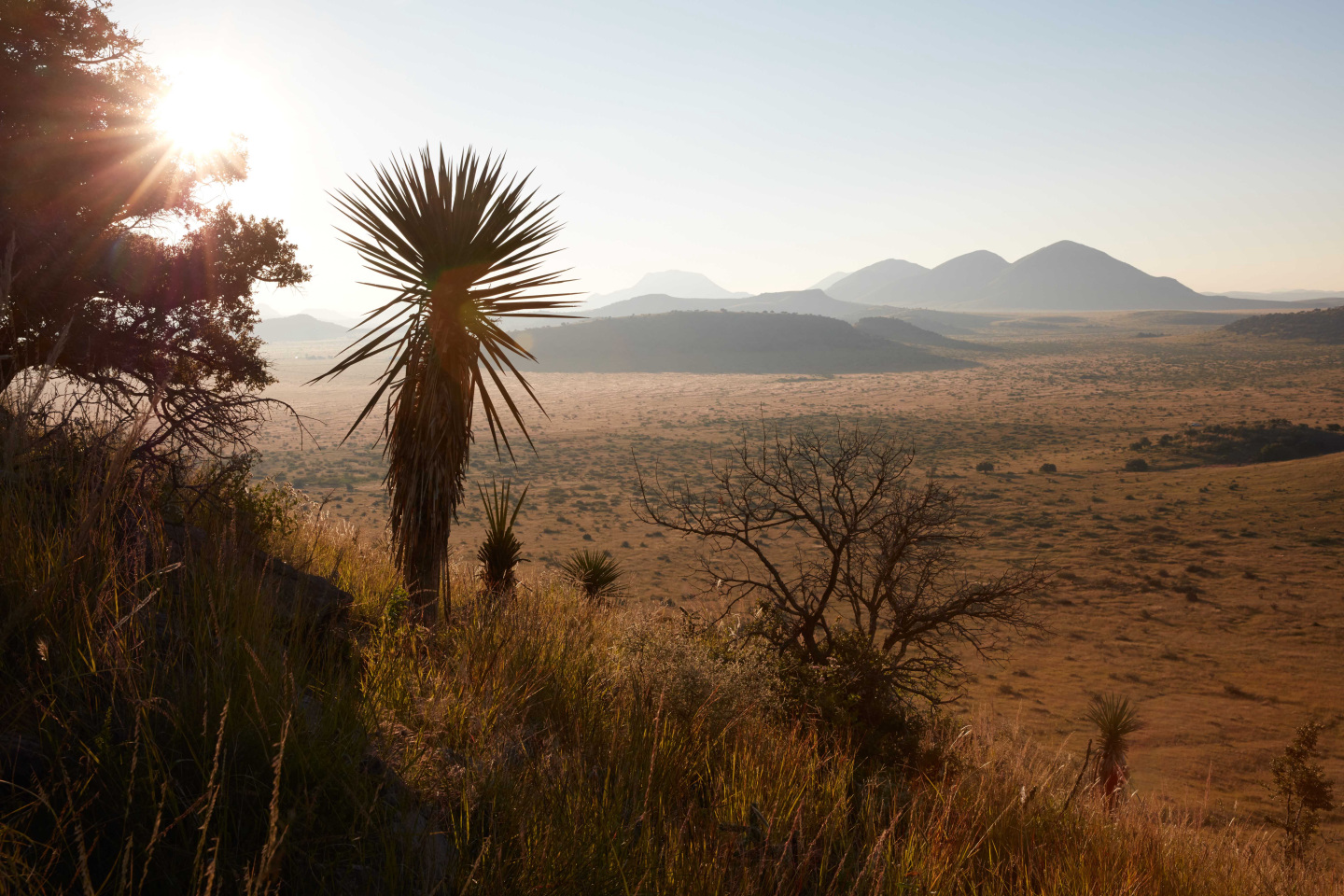
Mulder: I was just trying to define what that tonality is. It’s a haziness. It’s a graphic quality. Of course, it’s the shadow work on all the faint-colored walls. You picked up on the warm hues, instead of the bright blue skies of the vast American West.
Smith: Yes, it feels more natural and feminine. It’s not the Texas that everybody thinks of, and it’s not the desert that everybody thinks of. I’m curious, as an artist, as a photographer, how do you classify your work? The way you see light and perspective and shape and form, there is a bit of minimalism to what you do.
Mulder: My most personal work—that’s not commercial or more in the fine art space—leans heavily toward minimalism. It’s about looking for the space around the subject instead of the subject, the void instead of the thing. I like that you think it’s so feminine.
Smith: Not feminine, but there’s a feminine gaze. Marfa had such a harshness to it, and there’s a softness to what you created. It’s different from the more masculine Judd perspective. It feels like intimate moments and tiny details. I appreciate that, because as artists, we work so hard on the little details and nuances—just the right crinkle, just the right balance. That’s what makes things so special.

Mulder: To have this gaze, it’s almost essential to travel—or to enter into new spaces. You need things to notice and respond to.
Smith: You have to get out of autopilot, right? You need your awareness to open up. It makes your brain work a little bit. Which trips have inspired you the most?
Mulder: I must say trips to Japan. The country invites you to slow down and to celebrate every moment. My eyes are on fire there. How many collections have you made that draw from a particular place?
Smith: I don’t always like a kitschy travel collection, because it feels maybe not so authentic for me. With Marfa, because of Judd, there was a reason to go there. There are those desert tones. You’ve got this beautiful blush hue; softer, paler, muted blues that kind of ombré into the sky; the oranges and the peaches and the pinks—how those kind of blended together into such a pretty palette. And then, the concrete and the gravel and that plaster that you found in your work.
Mulder: You see something that resonates in someone’s work and then you take a bit of that into your own work. It all goes back to Le Corbusier for me. I went to India to the city he built there. Chandigarh is a big city, one of those places where you walk and walk and walk. Everything is in some way directed by that vision for the city, by a group of architects and designers. Another one for me is Susan York. She lives in Santa Fe and works from there, so there’s that relationship to the desert landscape.
Smith: Georgia O’Keeffe was inspired by it, too.
Mulder: And it was a great fortune to photograph her space.
Smith: Did you? Oh, lucky lady.

Mulder: Submerging myself in her world, all her little objects—her bowls are still hanging in the cabinets, her shoes are still lined up. I remember being startled by the imprint of her feet in her shoes and her travel bag with her label on it.
Smith: I’m all over the place when it comes to people who inspire me. I love the mini studies from Anni Albers, or Agnes Martin … who really get that intimacy and detail. At the same time, I’m obsessed with James Turrell and Richard Serra, artists who make these massive structures and things. We’re working on our spring concept for next year, and I’m diving into the idea of handicraft and the time it takes to make things. It’s so beautiful just to see that stroke of a hand, that nervousness of a line from an Agnes Martin. When things aren’t so perfect, you see the maker. I find that so inspiring. There are good things hiding everywhere if you just open your eyes.

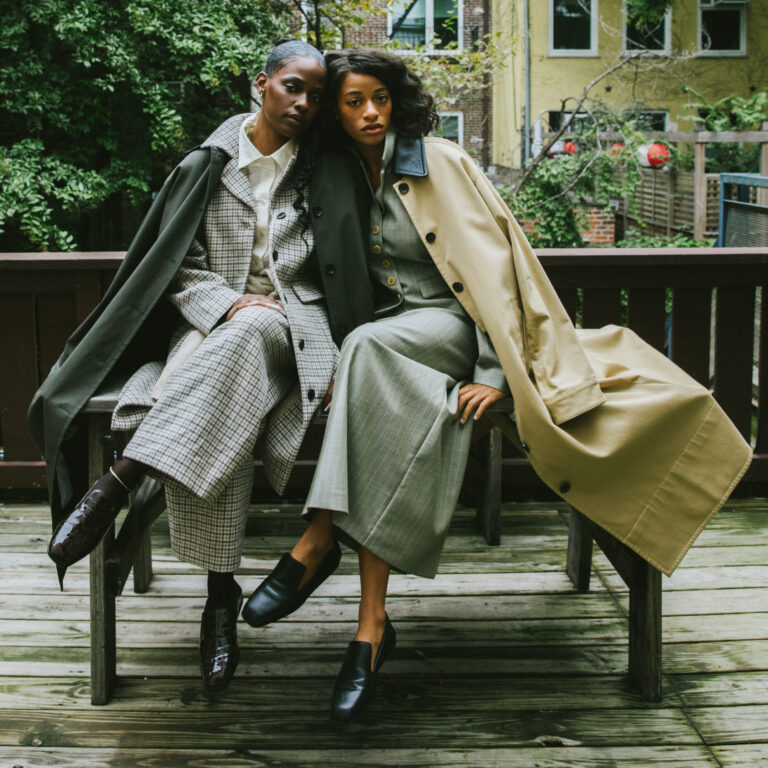
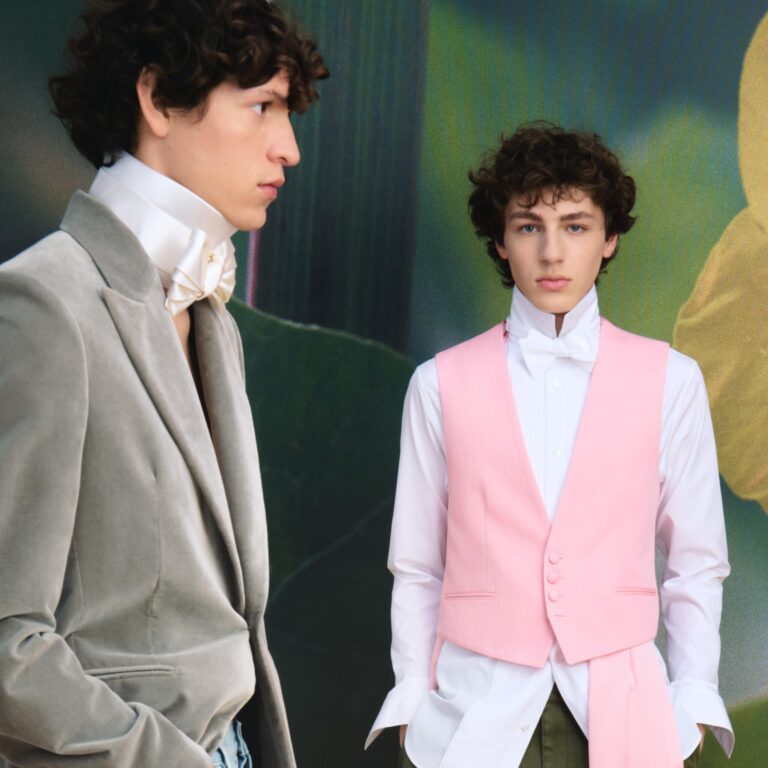

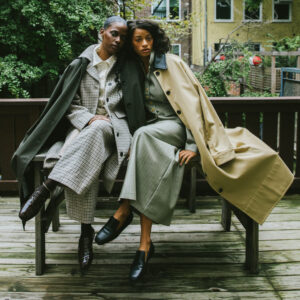
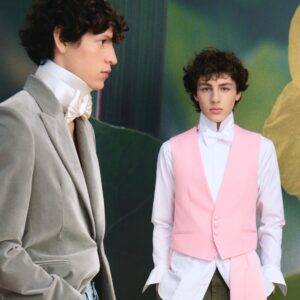




 in your life?
in your life?

